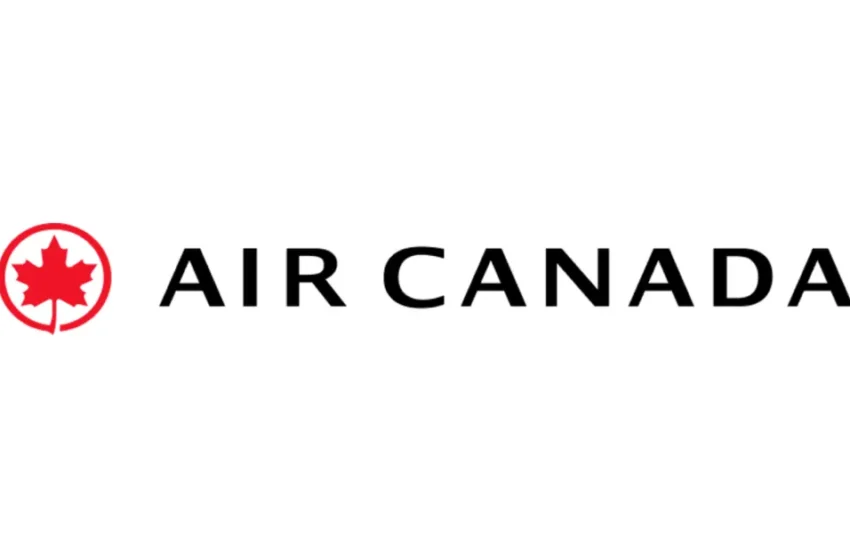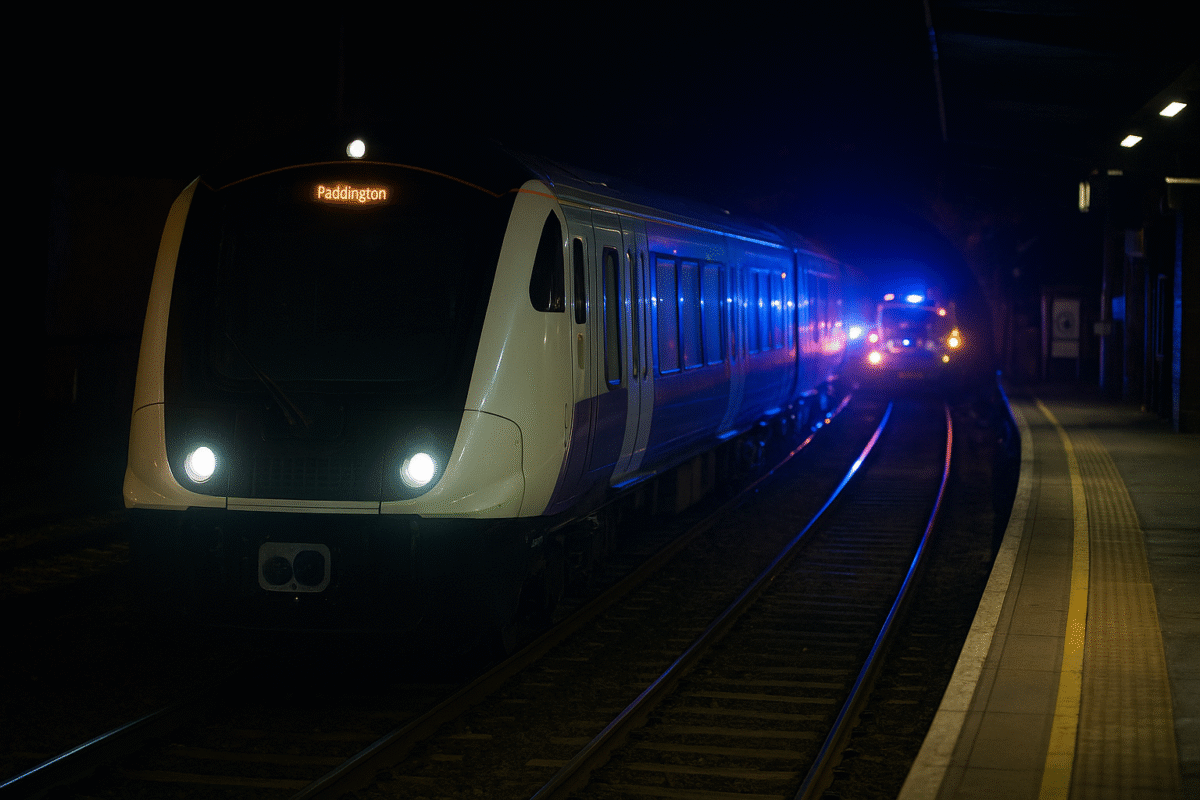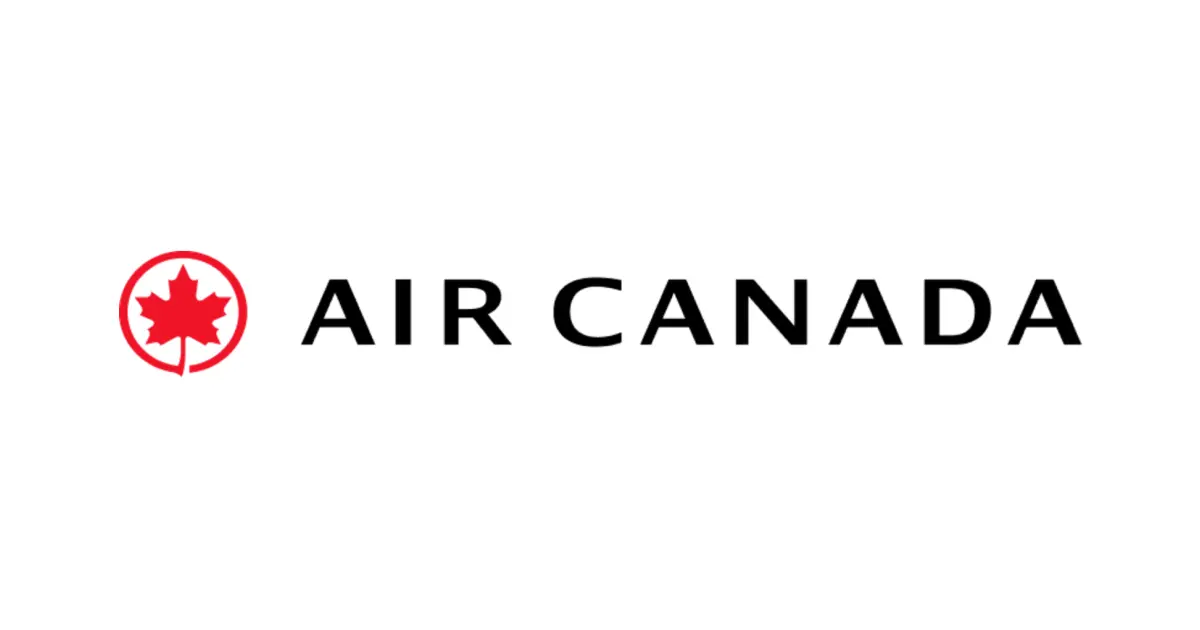Pearson Air Canada strike: Flight chaos deepens as Union defies back-to-work order

Flight attendants picket at Toronto Pearson amid Air Canada strike
A sudden and sweeping flight attendant strike has brought Air Canada operations to a standstill, especially at Toronto Pearson International Airport, the nation’s busiest hub. Over 10,000 attendants walked off the job, leaving thousands of travelers in limbo during peak summer travel. With a back-to-work order already in place, tensions have escalated, disrupting flights and testing the limits of Canada’s labor laws.
Why the Strike Started and What’s at Stake
The strike erupted after eight months of stalled negotiations between Air Canada and the Canadian Union of Public Employees (CUPE). Flight attendants are demanding fair compensation for unpaid “ground time”, including boarding and disembarking, hours currently unpaid under existing policies. CUPE also called Air Canada’s proposed 38% pay increase over four years insufficient, especially given inflation and wage comparisons with carriers like Air Transat.
In response to the strike’s mounting economic pressure, the Canadian government intervened through the Canada Industrial Relations Board (CIRB), issuing a binding arbitration and back-to-work order. But CUPE instantly rejected the decision, deeming it unconstitutional and refusing to comply.
Union leaders have gone as far as declaring they’d rather face jail than see members coerced back to work without fair negotiations. The strike marks a rare challenge to mandatory labor directives in Canada.
Travel Chaos and Legal Flashpoint
With attendants striking, Air Canada has suspended most flights from both its mainline and Rouge operations, cancelling up to 700 flights per day and affecting more than 130,000 passengers daily, creating travel chaos nationwide.
At Toronto Pearson, Canada’s busiest airport, picket lines formed at Terminal 1, causing delays for all arriving passengers and amplifying airport congestion. The airport warns travelers to build extra time into their journeys, even if they’re flying with other airlines.
Meanwhile, Air Canada has withheld its profit forecast for 2025, citing the financial fallout from grounded flights. The company also offered options for refunds and rebooking, although capacity is tight due to overwhelming demand.
Prime Minister Mark Carney has called for a swift resolution, expressing concern over travelers and the economy. Meanwhile, the union stands firm, rejecting arbitration and maintaining picket lines, despite potential fines or jail time for leaders.
READ ALSO
Air Canada strike: What travellers need to know
What to Watch Next: Resolution or Escalation?
At this pivotal moment, several outcomes could unfold:
- Courts could enforce consequences, including fines or imprisonment, if the union remains defiant. The 1978 postal workers strike provides precedent for strong enforcement.
- The government may push legislation mandating a return to work, though its minority status limits immediate action until parliament reconvenes in mid-September.
- A sneak deal or renewed talks with meaningful concessions on wages and ground compensation could lead to a negotiated settlement, but negotiations remain at a stalemate.
Passengers are advised to monitor Air Canada’s communications closely, use their website or app for updates, and seek assistance proactively.
The Pearson Air Canada strike is more than a travel disruption, it’s a high-stakes clash over workers’ rights, fair compensation, and labor policy. As summer travelers remain stranded and the airline braces for financial fallout, the standoff is spotlighting the broader challenges of balancing corporate operations and employee welfare. With both sides dug in and the legal horizon shifting, what happens next could reshape Canadian labor relations for years.



